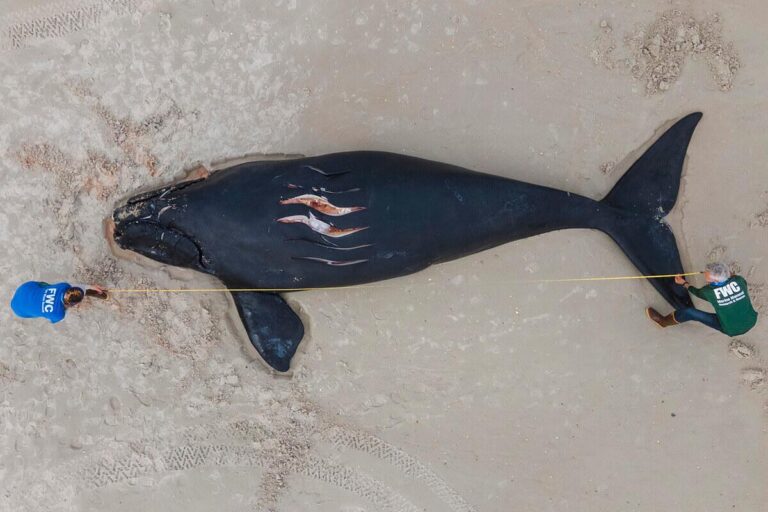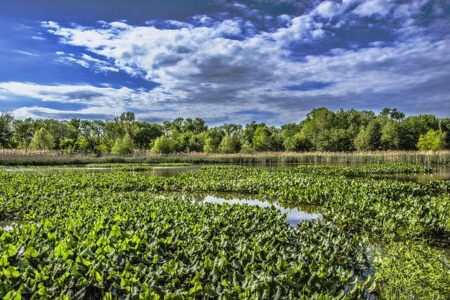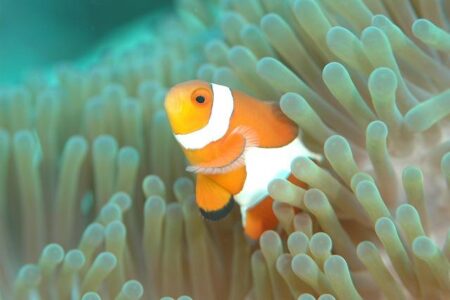South Australia’s coastline is witnessing an extraordinary surge in whale births this calving season, offering a much-needed beacon of hope for the health of the region’s marine ecosystems. Experts and conservationists are celebrating the bumper number of whale calves as an encouraging sign that local whale populations are recovering after decades of environmental pressures. The phenomenon not only highlights the resilience of these majestic creatures but also underscores the importance of ongoing conservation efforts to protect South Australia’s oceans.
Bumper Whale Calving Season Signals Positive Shift in Marine Ecosystem Health
The recent surge in whale births along South Australia’s coastline has captured the attention of marine scientists and conservationists alike. Experts suggest this unprecedented spike is more than just a natural fluctuation; it heralds a robust recovery in the region’s marine ecosystem. Over the past decade, targeted conservation efforts, including stricter fishing regulations and habitat restoration, have created a safer environment for whales to reproduce and thrive. Wildlife monitoring teams have documented an increase in mother-calf pairs, signaling healthier ocean conditions and an abundance of food sources such as krill and small fish.
This positive trend also brings renewed optimism regarding biodiversity in South Australian waters. Key indicators supporting this encouraging data include:
- Improved water quality due to reduced industrial runoff
- Growth in prey populations essential for whale nourishment
- Enhanced protection zones minimizing human-wildlife interference
Scientists are now analyzing long-term patterns to ensure these gains translate into sustained ecosystem health, emphasizing the critical role of ongoing conservation policies.
| Year | Recorded Whale Calves | Conservation Milestones |
|---|---|---|
| 2018 | 85 | Increased marine protected areas |
| 2020 | 120 | New fishing restrictions implemented |
| 2023 | 210 | Enhanced habitat restoration programs |
Experts Explore Impact of Increased Calf Numbers on South Australias Ocean Biodiversity
The recent surge in whale calf births off South Australia’s coastline has sparked a wave of optimism among marine scientists. Experts suggest that the rise in numbers not only indicates a recovering whale population but also signals potential shifts in the local marine ecosystem. Increased calf presence contributes to a healthier genetic pool, enhancing the resilience of whale populations against environmental changes. Additionally, the growing whale community plays a crucial role in nutrient cycling, which benefits the broader ocean biodiversity.
Researchers emphasize the importance of sustained monitoring to understand long-term ecological impacts. Early observations reveal:
- Enhanced nutrient redistribution supporting phytoplankton growth
- Positive cascading effects on fish populations and invertebrate species
- Potential shifts in predator-prey dynamics within the marine food web
To illustrate the emerging data, consider the following simplified overview of key biodiversity indicators linked with increased whale calves:
| Indicator | Pre-Calving Season | Post-Calving Season |
|---|---|---|
| Phytoplankton Biomass | Moderate | High |
| Fish Population Density | Medium | Increased |
| Invertebrate Diversity | Stable | Rising |
Conservationists Advocate for Enhanced Marine Protections to Sustain Whale Population Growth
Amid the encouraging surge in whale calves along South Australia’s coastline, conservation groups are urging for stronger marine protections to ensure this positive trend continues. Experts emphasize that the current population growth highlights both the resilience of marine species and the urgent need to safeguard their habitats from ongoing threats such as commercial fishing, shipping traffic, and climate change. Without enhanced conservation measures, these natural recoveries risk being undermined by increasing human activities in vital breeding and feeding grounds.
Key recommendations from conservationists include:
- Expansion of marine protected areas covering critical whale habitats
- Stricter regulations on vessel speeds to reduce collision risks
- Improved monitoring programs to track population health and migration
- Community engagement initiatives promoting ocean stewardship
| Threat | Current Impact | Proposed Action |
|---|---|---|
| Shipping Traffic | High risk of vessel strikes | Implement speed reduction zones |
| Fishing Nets | Bycatch and entanglement cases | Introduce whale-safe fishing gear |
| Noise Pollution | Disrupts communication and navigation | Set limits on underwater noise levels |
In Retrospect
As South Australia witnesses a record number of whale calves this season, marine experts remain cautiously optimistic about the future of the region’s oceans. While challenges like climate change and habitat degradation persist, the surge in whale births offers a promising indicator of ecosystem recovery and resilience. Continued conservation efforts will be crucial to sustaining this positive trend and ensuring that South Australia’s marine life thrives in the years to come.




